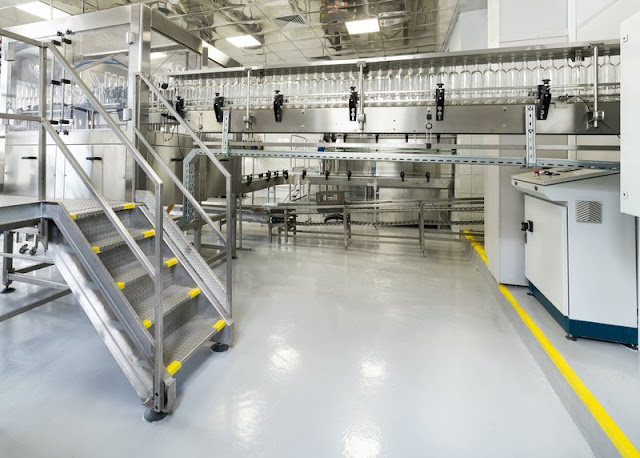Enhancing Food Quality and Safety: Exploring the Role of Plant Coatings
In
the world of food production, maintaining the quality and safety of
products is paramount. One important aspect of ensuring the longevity
and freshness of food items lies in the use of plant coatings. These
natural coatings provide a protective barrier that helps preserve and
enhance the quality of fruits and vegetables. In this blog post, we will
delve into the fascinating world of food plant coatings, their
benefits, and their contribution to creating a more sustainable food
industry.
What are Food Plant Coatings?
Food plant coatings, also known as edible coatings or plant-based coatings, are
thin layers applied to the surface of fruits, vegetables, and other food
products. These coatings are typically derived from natural materials,
such as plant-based biopolymers, waxes, proteins, and lipids. The main
purpose of these coatings is to act as a barrier between the food item
and the external environment, providing a protective shield against
moisture loss, oxidation, microbial growth, and physical damage.
Benefits of Food Plant Coatings
1.
Prolonged Shelf Life: One of the primary advantages of plant coatings
is their ability to extend the shelf life of fresh produce. By reducing
water loss and controlling gas exchange, these coatings slow down the
natural processes of decay and spoilage, preserving the quality and
nutritional content of fruits and vegetables for a longer period.
2.
Enhanced Appearance: Edible coatings can improve the visual appeal of
fruits and vegetables, making them more attractive to consumers. They
create a glossy or matte finish, giving the produce a fresher and more
vibrant appearance. This aesthetic enhancement can contribute to
increased consumer interest and reduced food waste.
3. Reduced
Post-Harvest Losses: By acting as a physical barrier, plant coatings
protect crops from damage during transportation and handling, reducing
post-harvest losses. Coatings can prevent bruising, abrasions, and other
physical injuries to the produce, leading to higher market value and
less waste.
4. Sustainable Alternative: Food plant coatings offer
a sustainable alternative to synthetic coatings and packaging
materials, which may contain harmful chemicals and generate
non-biodegradable waste. Plant-based coatings are renewable,
biodegradable, and pose minimal health risks, making them an
environmentally friendly choice.
Applications of Food Plant Coatings
While many food items can benefit from plant coatings, some particular applications stand out:
1.
Fruits and Vegetables: Coatings can be applied to a wide range of
fruits and vegetables, including apples, pears, citrus fruits, berries,
tomatoes, cucumbers, and more. These coatings help preserve their
freshness, flavor, and texture, extending their marketability and
reducing waste.
2. Nuts and Seeds: Edible coatings can be used to
improve the storability and quality of nuts and seeds. They prevent
rancidity and maintain their crispness, making them more appealing and
reducing the need for preservatives.
3. Bakery and Confectionery:
Plant coatings can also be used in bakery and confectionery products.
They provide a protective layer for bread, pastry, and confectionery
items, extending their shelf life while maintaining their desired
texture and appearance.
Food plant coatings
offer an innovative and sustainable solution for improving food quality,
safety, and shelf life. These natural coatings help reduce post-harvest
losses, enhance the visual appeal of produce, and contribute to a more
environmentally friendly food industry. As consumers increasingly seek
fresher and more sustainable options, plant coatings present an exciting
opportunity to meet these demands while promoting food waste reduction
and preserving nutritional integrity.
























